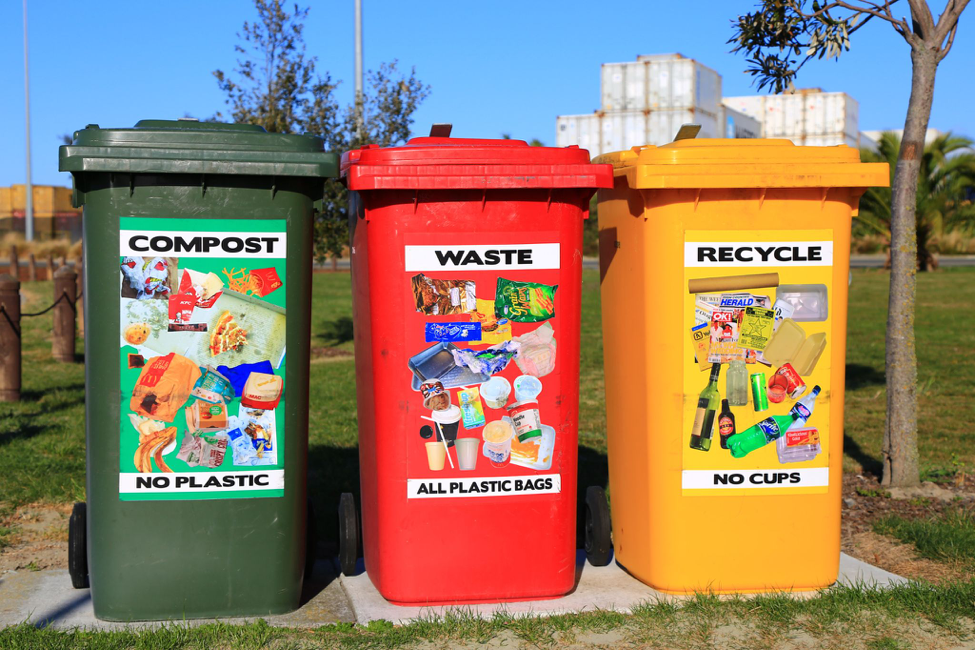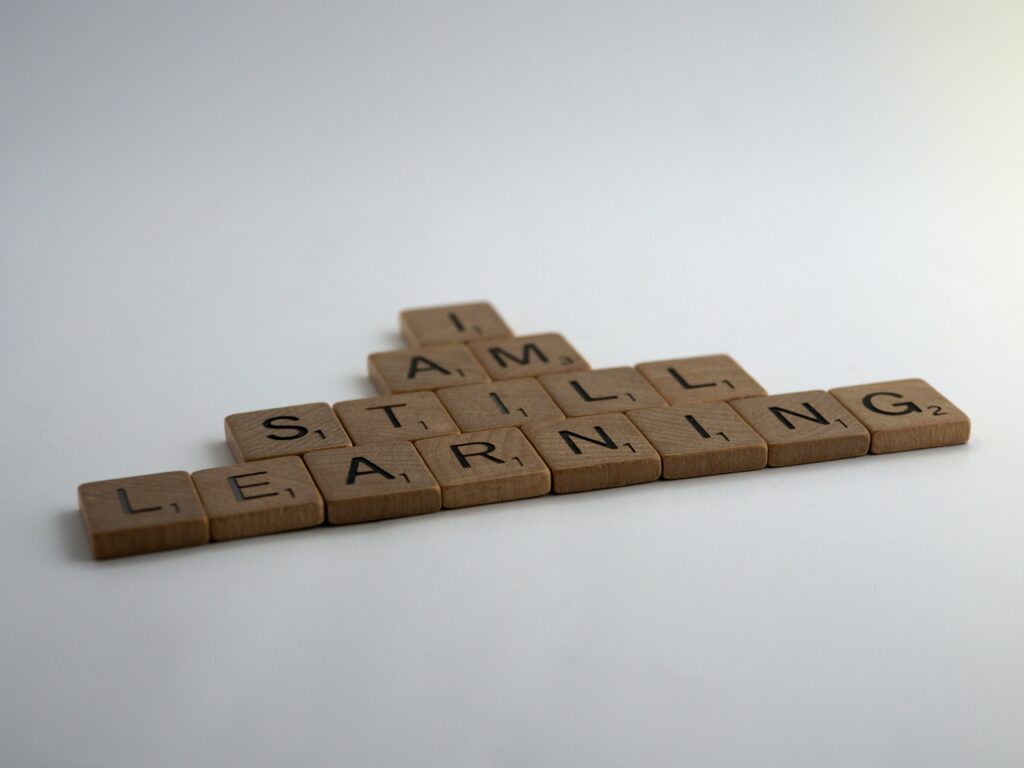Sustainability Terms – What’s the Buzz?
Friday May 14, 2021 | By Rashi Goel
Let’s cut to the chase – the sustainability space is full of technical jargon that we don’t entirely understand. In order to truly deliver on the promise of environmental sustainability, our ideal starting point is to understand a few concepts. (Cover Photo by Brett Jordan on Unsplash)
Sustainability
The Oxford dictionary defines this buzzword as the ability to be maintained at a certain rate or level i.e. using our resources wisely, within limits, so that we don’t run through them faster than new resources can be produced. If we continue to deplete our natural resources such as marine life and forests at the current rate, our ecology will soon be completely destroyed with nothing left for our kids and grandkids.
Triple bottom line
An accounting framework which believes that the best business model is when companies focus on people and the planet as much as they do on profits. The three pillars your business should rest on are social, environmental and financial. An example of each: Social- are you inadvertently procuring your material or merchandise from a vendor who uses child labour or has inhumane working conditions; Environmental – is it possible to go paperless or use a more sustainable alternative; Financial- this is a no brainer because you will not be able to sustain your business without proper financial planning. At Pilcrow, we’re definitely keeping an eye on our TBL and working towards creating a more sustainable business model.
Sustainability commitment
This is what we should all be doing – making an oral or written promise, policy or statement to consume consciously and live/work as sustainably as possible. Creating a sustainability policy, along with your company values, becomes a great reference guide to check that you are indeed conducting business in the way you said you would. Check out Pilcrow’s sustainability commitments here.
Zero-waste event
An event where you make every effort possible to reduce the waste you are sending to landfill at the end of the event. The onus of organising such an event lies on you, but your guests have a big part to play in it too. Ensure that the guests are well informed to bring their own carry bags and reusable bottles of water or whatever else you’d like them to carry along or not carry along. At the end of the event, you need to ensure that all compostables and recyclables find their way to the correct facility.
 Using compostable items at events and then having them all collected and sent to a landfill defeats the purpose of having a zero-waste event. Photo by Carl Campbell on Unsplash
Using compostable items at events and then having them all collected and sent to a landfill defeats the purpose of having a zero-waste event. Photo by Carl Campbell on Unsplash
Single-use items
Generally made of plastic, single-use items are those which can be or will be used only once before they are thrown away. Examples of such items are plastic bags, plastic or paper straws, stirrers, paper napkins, packaged drinking water bottles, etc. Some percentage of these may be recycled after being thrown away, although how much is not clear. The most conscious choice would be to provide reusable options, but if you use sustainable single-use products and dispose of them correctly, you will avoid creating the mound of paper and styrofoam waste most events end up producing.
Biodegradable
A material that is capable of being broken down naturally by decomposition or disintegration through bacterial action. Too sciency? Okay, try this. Take a banana peel and leave it out in your garden or balcony for a few days. It would have shrivelled up and will keep disintegrating until it is no longer there. A banana, all plants, all animals, everything as found in nature is bio-degradable. It means it can break down into water, carbon dioxide and minerals. Anything made from natural, biodegradable materials is also biodegradable, for example, a cotton shirt or a wooden table.
Non-Biodegradable
The opposite of biodegradable, this group contains all items that do not degrade into natural components. Humans process materials to create complex items like shoes, bottles, plastic bags and more. These items, if thrown away, will probably still be around decades or even centuries later. Nature’s elements might act on them and break them down into ever smaller components, but they will not return to their natural state.
Compostable
We all know that organic matter can turn into humus-rich soil called compost which is a great fertiliser. The difference between biodegradable and compostable is that composting is faster, but it needs additional help in the form of optimum temperature, light, water and oxygen. Organic matter that is sent to landfills biodegrades much slower as it does not get these optimum conditions, and in the absence of air, it produces methane – a harmful greenhouse gas. We, therefore, need to ensure that compostable waste is separated and sent to an industrial composting facility.
Recycling
This is when you take something that is no longer in use and process it to become something else. Recycling can be of two types – upcycling and downcycling. Upcycling is when you add something to the original item to make it usable once again and therefore prolong its life. For example, if you take a used plastic or glass bottle and turn it into a lamp or a planter, this is an upcycled product. On the other hand, downcycling involves breaking down the original item – the same plastic or glass bottle is taken to a facility, processed and broken down to make new plastic or glass. When these are done at a large scale with waste from industries, it is called commercial recycling.
 Large waste bins to allow for the segregation of different types of waste are a great way to move towards commercial recycling and composting at events. Picture by Nareeta Martin on Unsplash
Large waste bins to allow for the segregation of different types of waste are a great way to move towards commercial recycling and composting at events. Picture by Nareeta Martin on Unsplash
Energy-efficient
When something uses less energy to provide the same results, it is termed energy-efficient. Most electronics nowadays come with a star rating to show their energy efficiency. You can make a difference at your event by using solar lights or LED lights instead of PAR cans and halogens. At events like flea markets and food festivals, you can ask vendors to use energy-efficient cooking appliances to reduce electricity consumption.
Carbon footprint
This is the total amount of greenhouse gases (including carbon dioxide and methane) that are generated by our actions. For example, by driving a car, we use a non-renewable fuel that burns by producing greenhouse gases. Using electricity (unless you’ve moved to renewable sources) also burns fossil fuels. We can reduce our footprint by getting a greener vehicle, taking public transport, walking or cycling shorter distances. Try to calculate your carbon footprint here. This can be measured for an individual as well as for an organisation or even for a single event
Carbon offset
Besides reducing your overall footprint, it is a good idea to try and compensate for your emissions through a carbon offset programme. Carbon Offset programmes support projects in renewables and energy efficiency, and you can purchase credits to compensate for the carbon footprint you may have left after a large scale event involving flights, hotels and other heavy emission generators.
 Large scale events such as music festivals, movie shoots, weddings, etc. can come up with innovative ways to engage in carbon offsetting. Photo by Noiseporn on Unsplash
Large scale events such as music festivals, movie shoots, weddings, etc. can come up with innovative ways to engage in carbon offsetting. Photo by Noiseporn on Unsplash
Compliant supplier
In this context, a compliant vendor or supplier would be one who understands your sustainability requirements and what your organisation expects and provides solutions accordingly. For example, a printing vendor who uses recycled paper and water-based eco-friendly inks could be considered a compliant vendor.
On that note, we have faith that sustainability will be as much a priority for you as it is for us. If you’re looking to organise an impactful event (movie or ad shoots, weddings, conferences, etc.) or make your marketing communication more sustainable, we hope you will collaborate with us on the important things.

